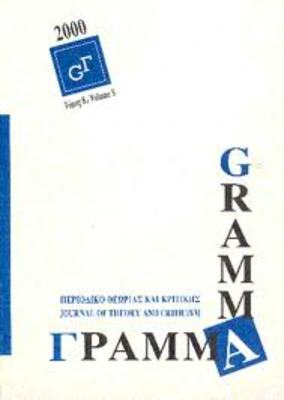Meta-visual spaces : visualization of the invisible
Part of : Γράμμα : περιοδικό θεωρίας και κριτικής ; Vol.7, No.1, 1999, pages 153-157
Issue:
Pages:
153-157
Parallel Title:
Μετα-οπτικοί χώροι : η οπτικοποίηση του αόρατου
Author:
Abstract:
It has been said that “software is invisible and unvisualizable” (Brooks) and thus “does not permit the mind to use some of its most powerful conceptual tools”. For several decades (until the early 1980s for Apple and the late 1980 s for PCs), the absence of a graphic user interface (GUI) from the computers— which, let us not forget, didn’t even have a screen until the early 1970s—kept software invisible and unvisualizable. It was a situation that turned computers into fetishes and mythologized computer usage. Subsequently, however, metaphorical language structures were used to visualize the invisible, to present an image of non-representable tools. Soon, these metaphors became widespread, opening the way for the visual metaphorical structures that followed. The paper examines the way metaphors about the Internet (such as the “Information Superhighway ”, the ‘Labyrinth”, the “Sea-travel” or the ‘Library” metaphors) structure our on-line experience, producing images which are used in video and computer games, as well as in everyday lingo.
Subject:
Subject (LC):
Keywords:
ηλεκτρονικοί υπολογιστές, internet
Notes:
Περιέχει σημειώσεις και βιβλιογραφία




